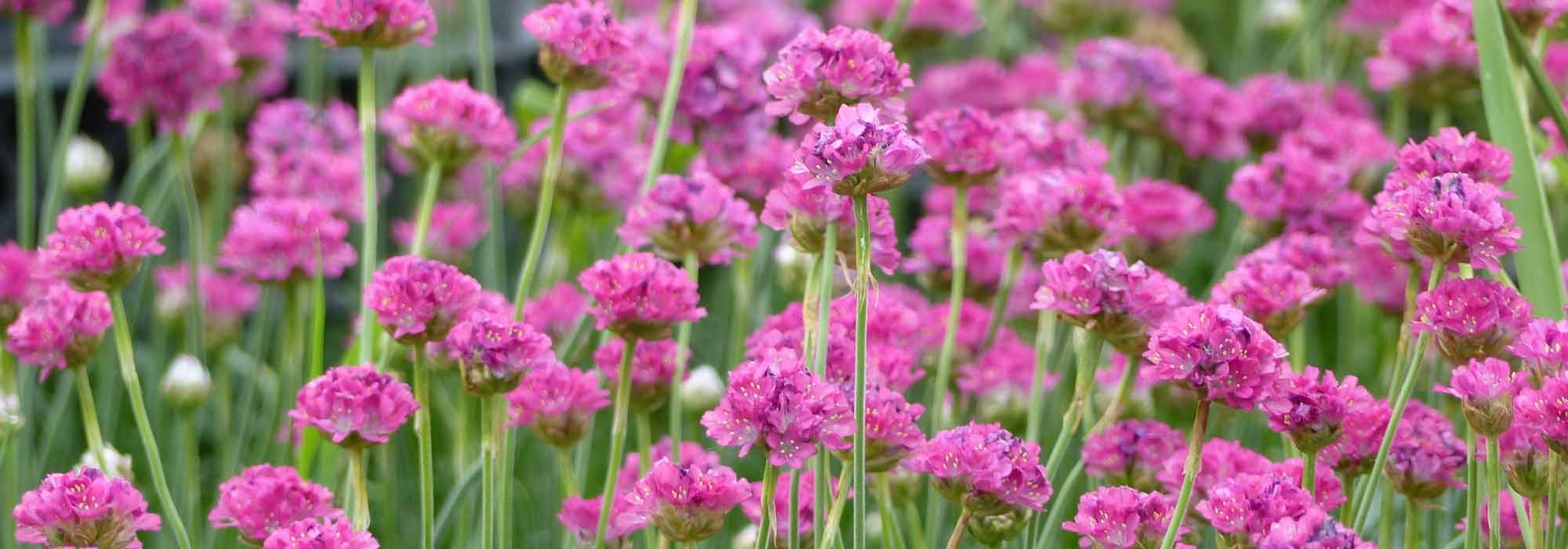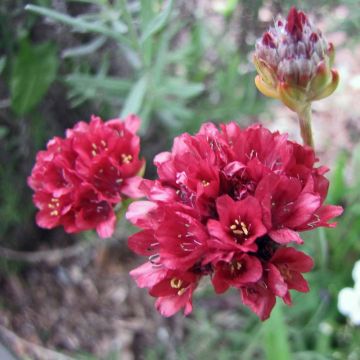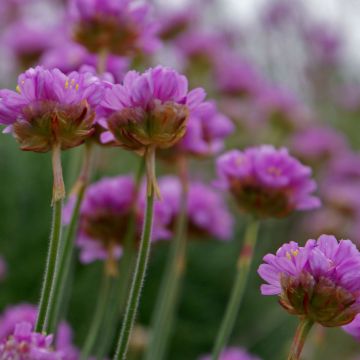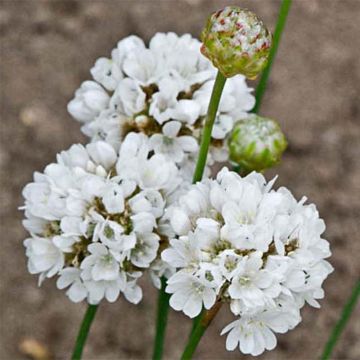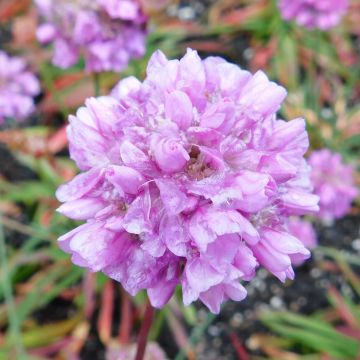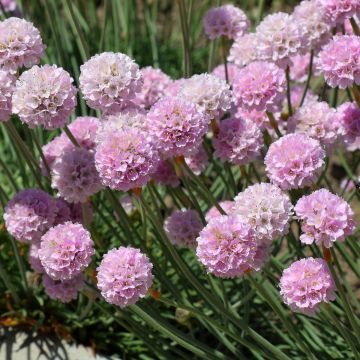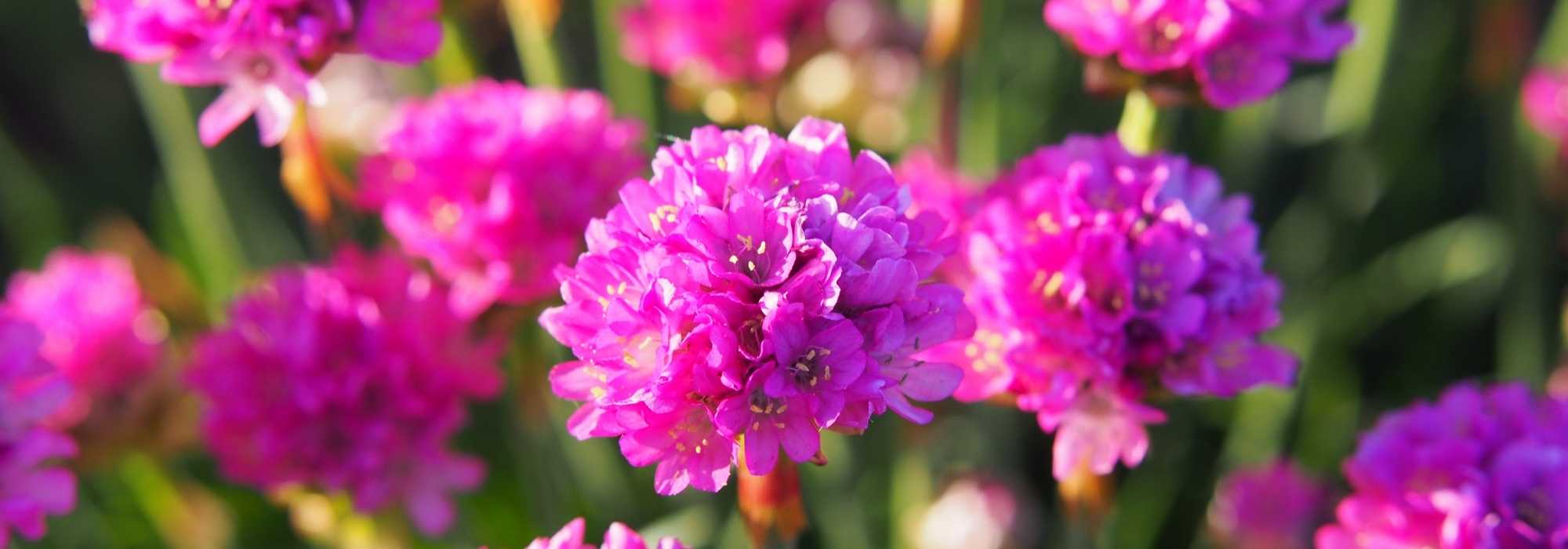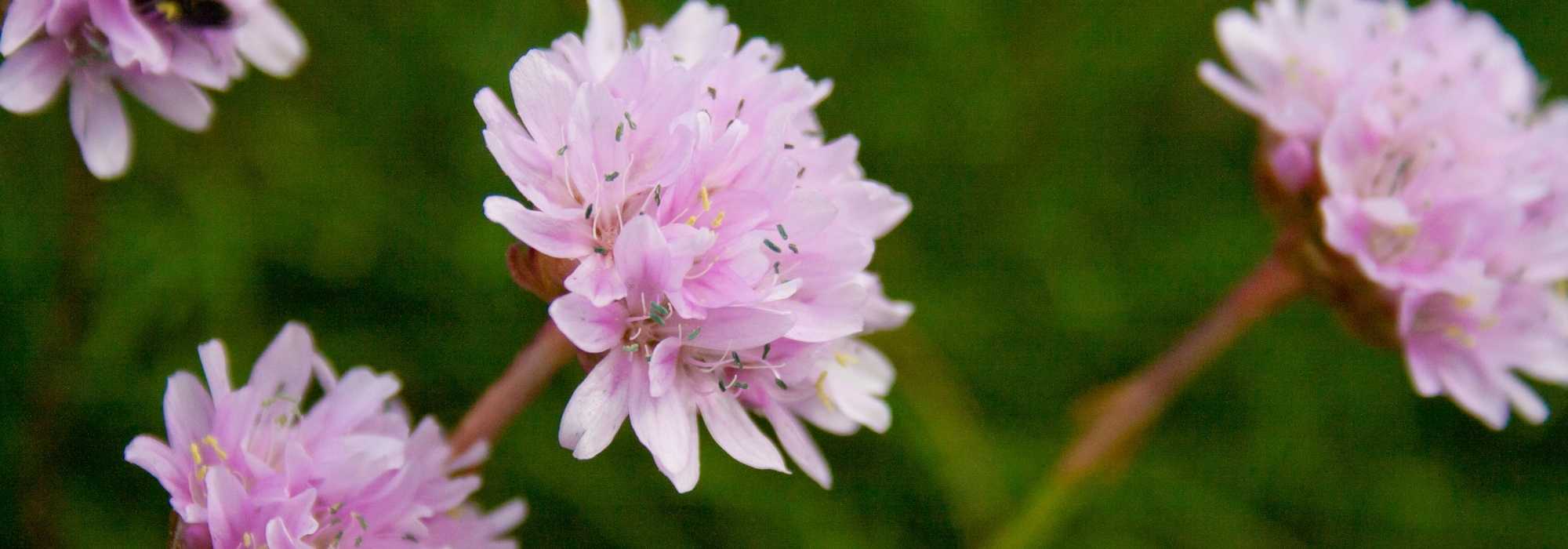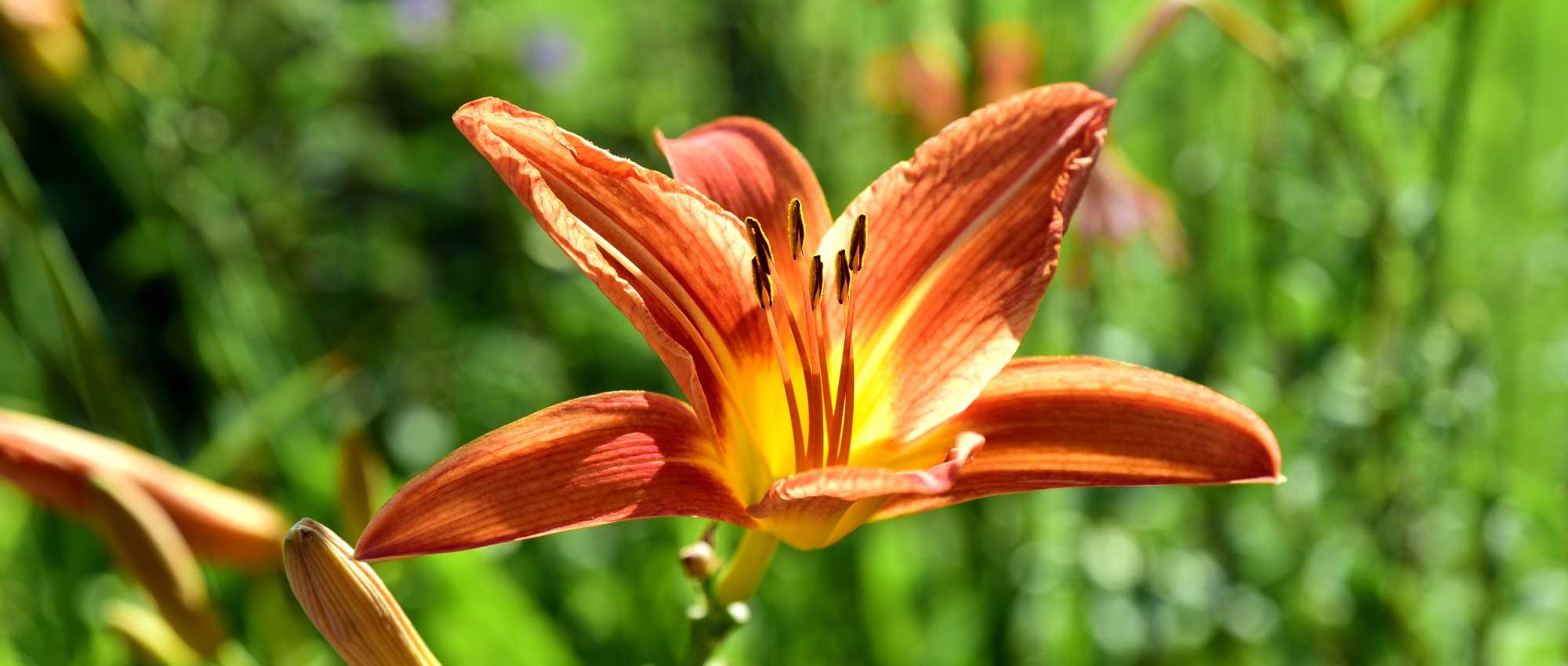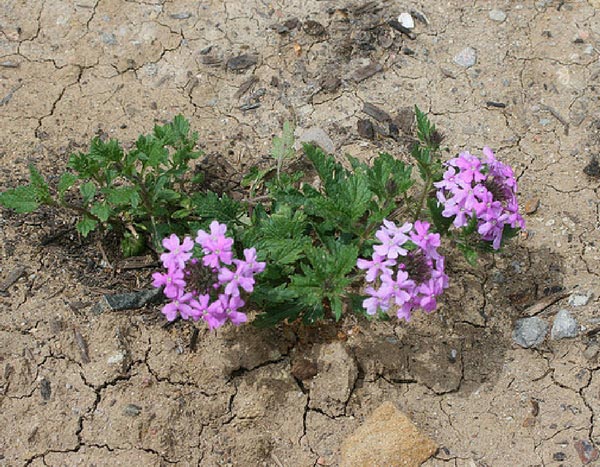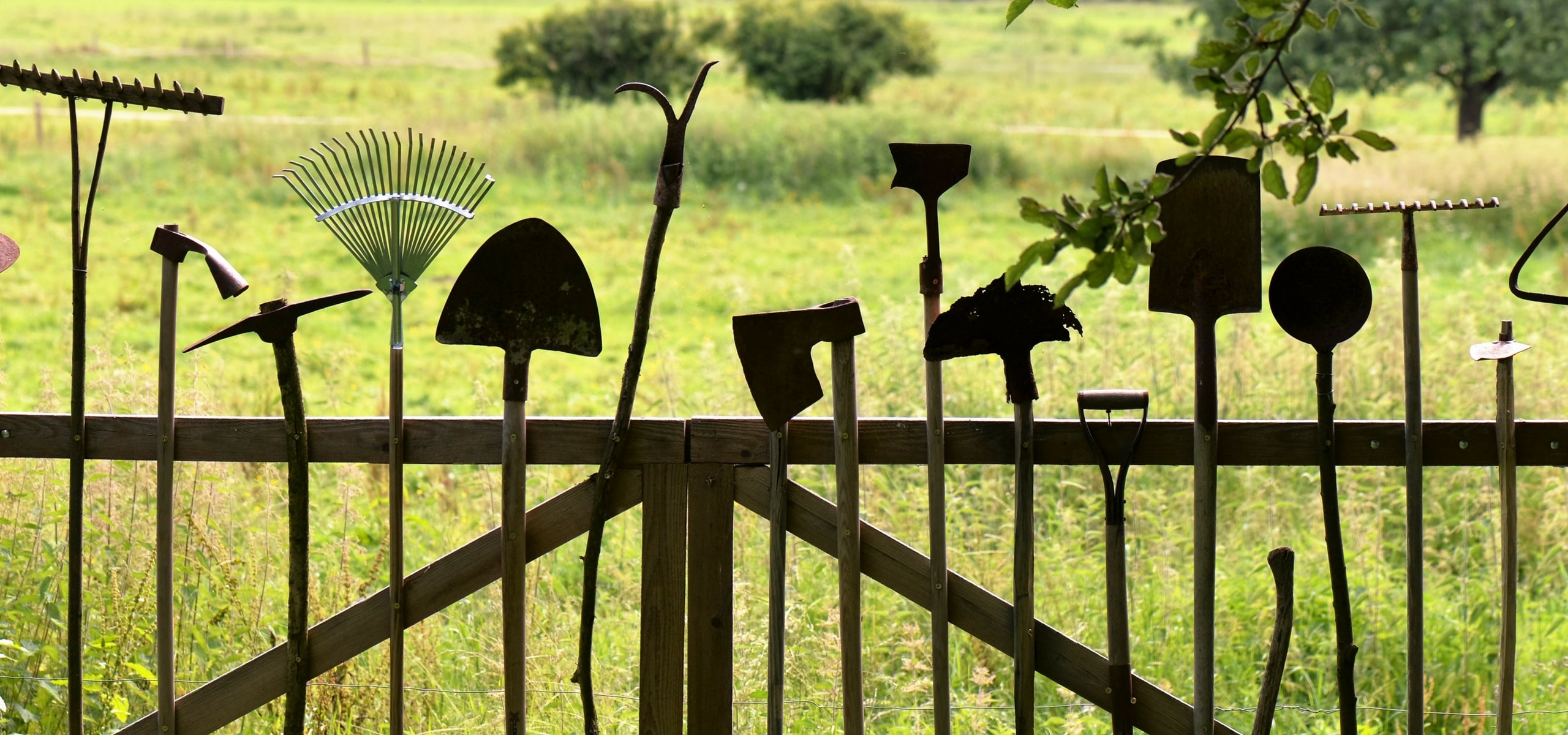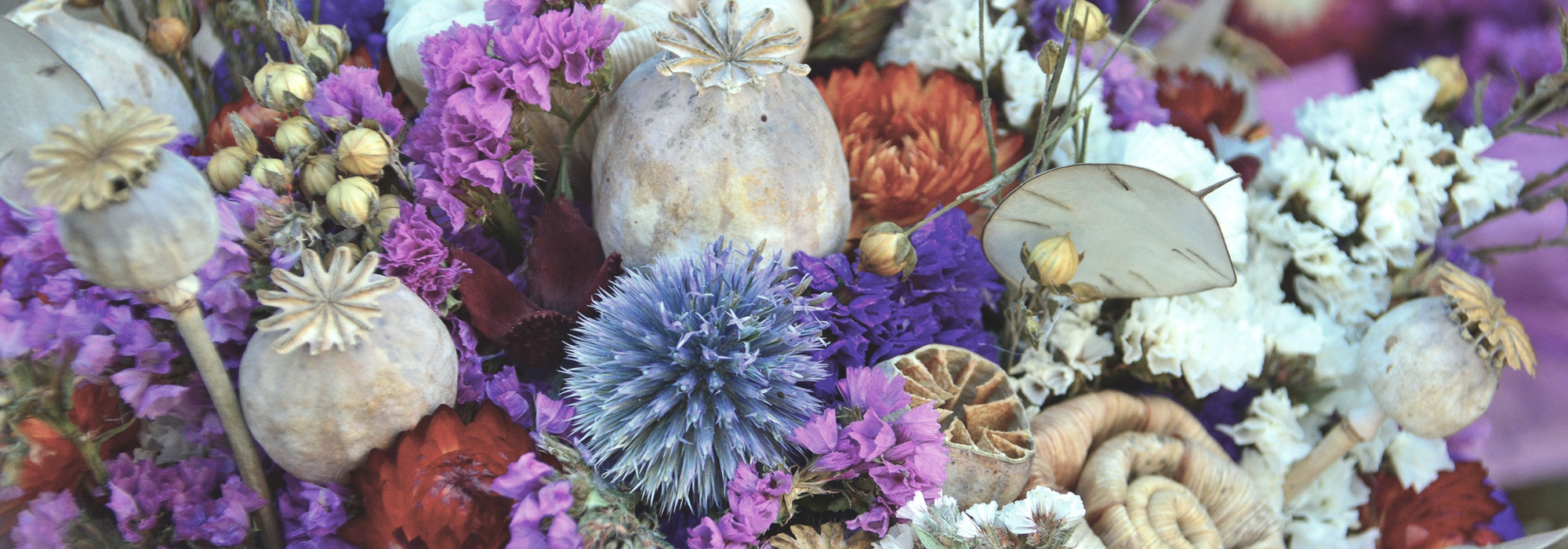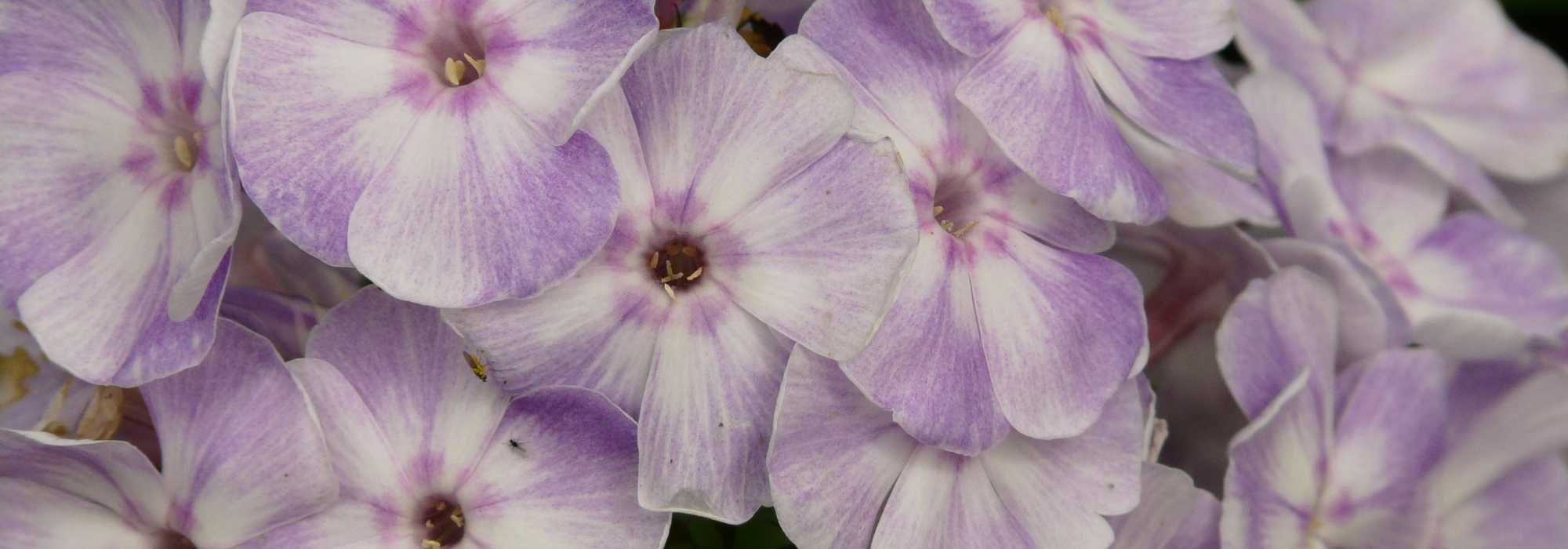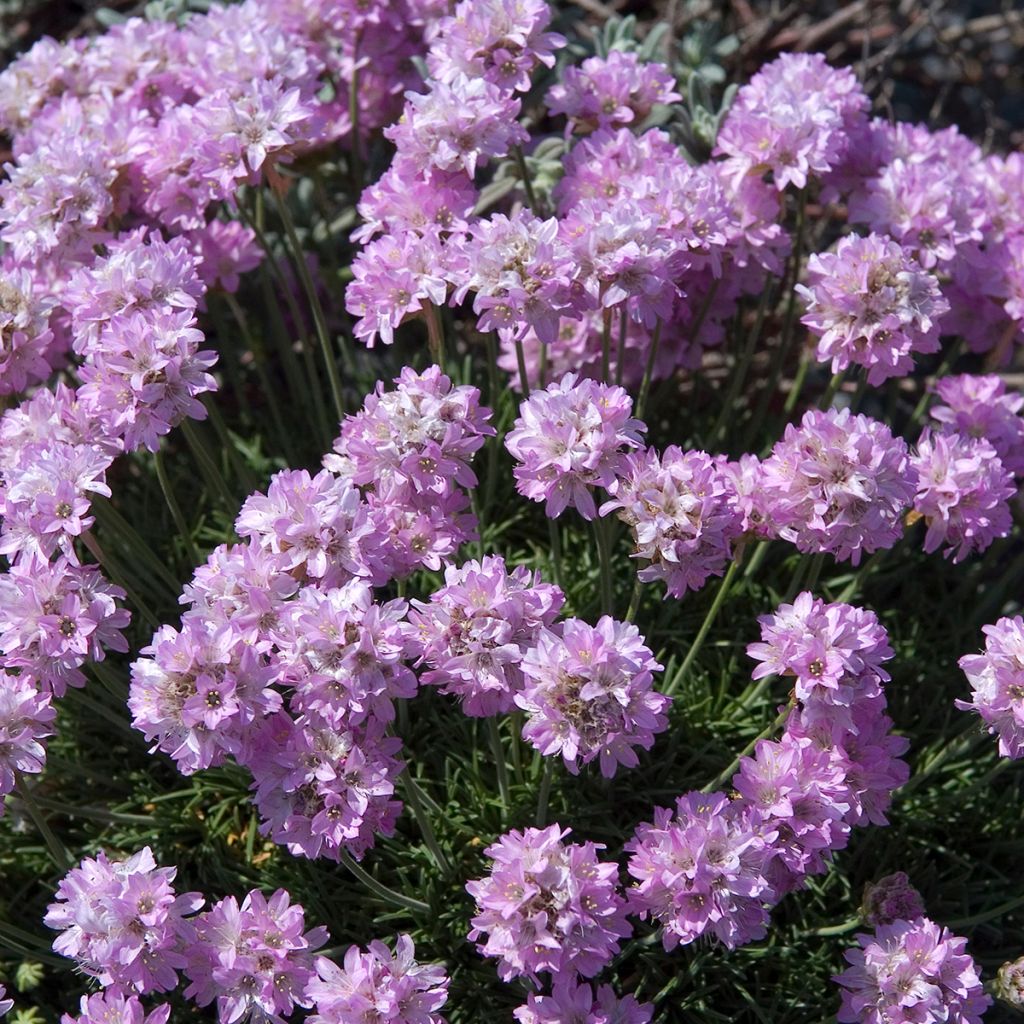

Armeria juniperifolia Bevans Variety - Sea Thrift
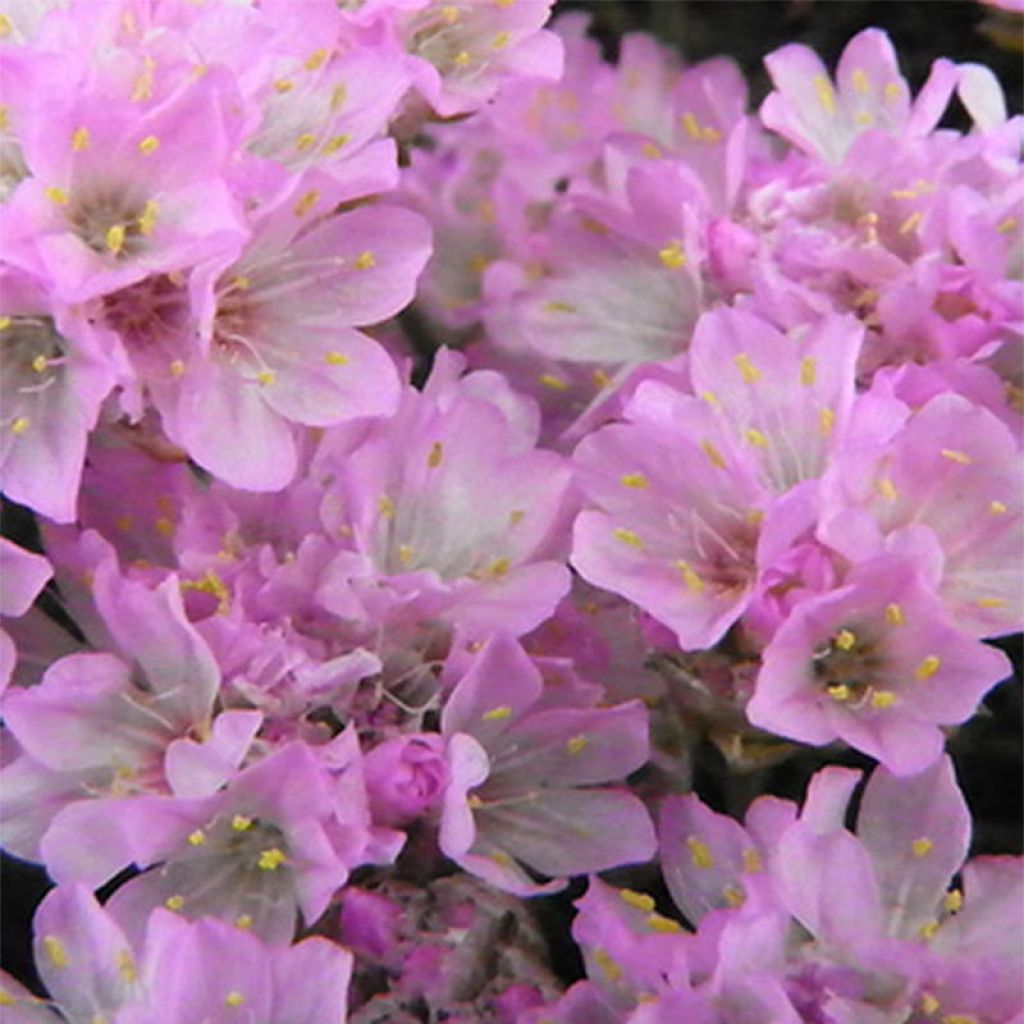

Armeria juniperifolia Bevans Variety - Sea Thrift
Armeria juniperifolia Bevans Variety - Sea Thrift
Armeria juniperifolia Bevan s Variety
Thrift
Special offer!
Receive a €20 voucher for any order over €90 (excluding delivery costs, credit notes, and plastic-free options)!
1- Add your favorite plants to your cart.
2- Once you have reached €90, confirm your order (you can even choose the delivery date!).
3- As soon as your order is shipped, you will receive an email containing your voucher code, valid for 3 months (90 days).
Your voucher is unique and can only be used once, for any order with a minimum value of €20, excluding delivery costs.
Can be combined with other current offers, non-divisible and non-refundable.
Home or relay delivery (depending on size and destination)
Schedule delivery date,
and select date in basket
This plant carries a 12 months recovery warranty
More information
We guarantee the quality of our plants for a full growing cycle, and will replace at our expense any plant that fails to recover under normal climatic and planting conditions.

Would this plant suit my garden?
Set up your Plantfit profile →
Description
Ameria juniperifolia, much less well known than its close relative Armeria maritima, is a small creeping plant with pink flower heads belonging to the group of Spanish thrifts, often planted in rockeries and coastal gardens. This species is also called Juniper-leaved Thrift due to the appearance of its leaves, resembling conifer needles. Over time it forms dense and low evergreen cushions, covered by a multitude of pink pompoms in spring or early summer.
Armeria juniperifolia (synonyms Armeria caespitosa or Armeria maritima var. caespitosa) belongs to the family of Plumbaginaceae. It is a botanical species endemic to the mountains of central Spain, where it grows on siliceous soils, in a harsh environment battered by winds. It is a creeping perennial plant that forms low and very dense mats composed of multiple rosettes of small narrow, rigid and pointed dark green leaves. The mat does not exceed 5 cm (2in) in height (10 cm (4in) when flowering), and spreads over 20 to 30 cm (8 to 12in). The flowering, abundant, occurs from April to June, varying in timing depending on the climate. The tiny 5-petal flowers are grouped in small clusters at the top of stems that rise above the foliage. The flower colour ranges from pale pink to deep pink depending on the plants.
This juniper-leaved Spanish Thrift is primarily a sun-loving plant for poor soil, that will fully take on its role as ground cover in rockeries, borders or the cracks between paving. It can be associated with other perennials that require similar growing conditions: sweet williams (classic but unbeatable for this purpose), as well as other small cushion-forming plants like woolly yarrow, creeping baby's breath, alyssum, everlasting Helichrysum angustifolium, snow-in-summer (Cerastium tomentosum), or mexican fleabane (Erigeron karvinskianus). It can also be planted in an alpine garden or in pots, troughs and containers. A lovely miniature for a trough, a rocky slope, or a pot.
Armeria juniperifolia Bevans Variety - Sea Thrift in pictures
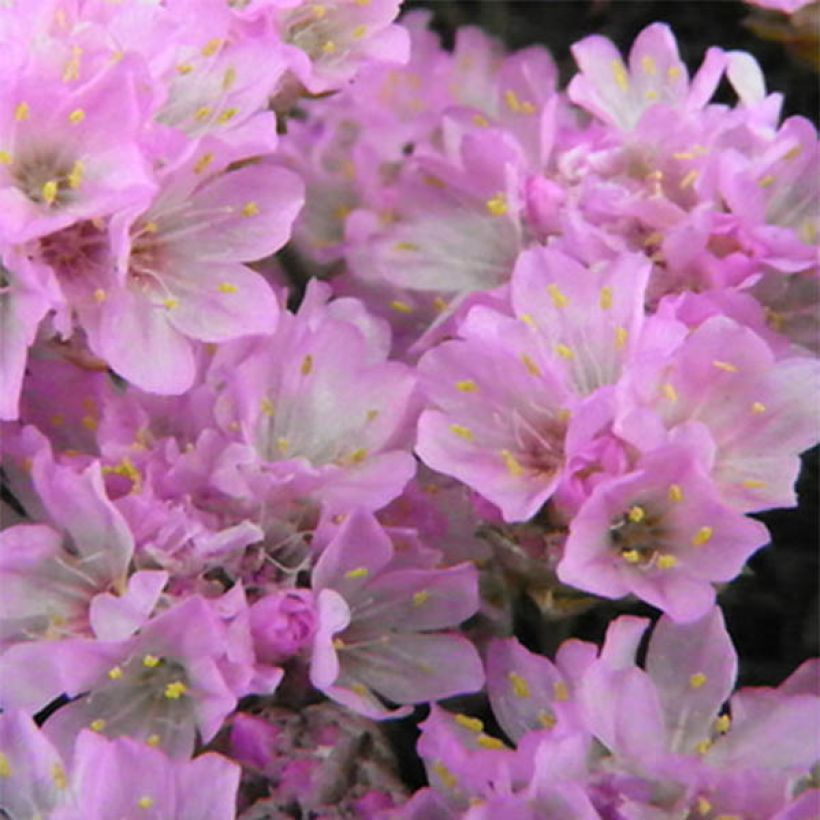

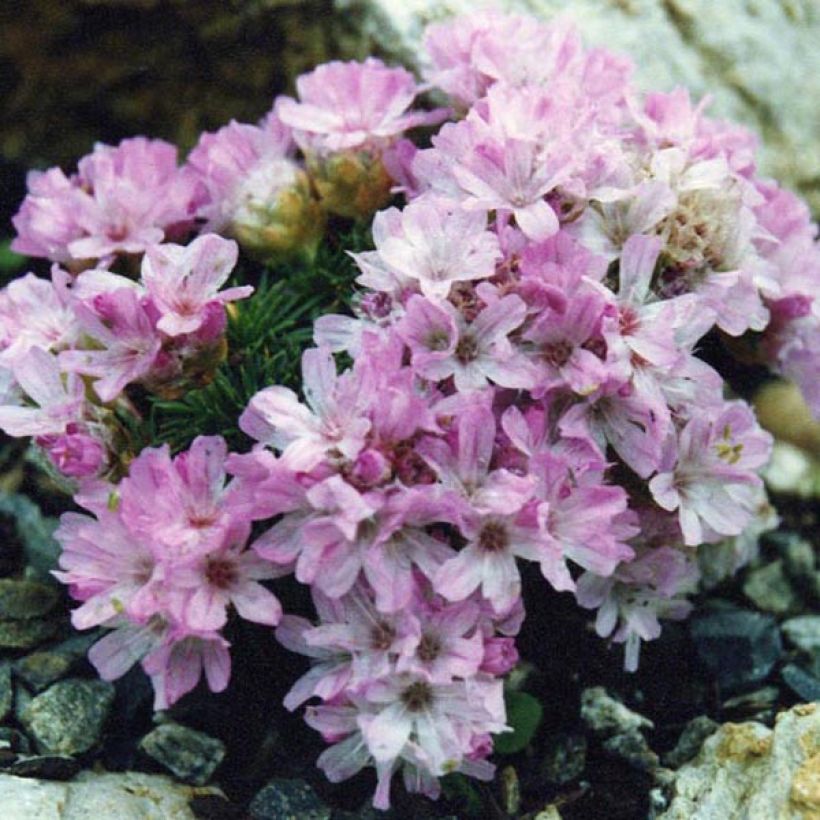

Flowering
Foliage
Plant habit
Botanical data
Armeria
juniperifolia
Bevan s Variety
Plumbaginaceae
Thrift
Armeria caespitosa
Southern Europe
Other Armeria - Sea Thrift
View all →Planting and care
Maritime thrifts love sandy and gravelly, well-drained, poor soils. Perfectly suited to the coast, they will find a place in rockeries, paving, borders, etc. Their foliage persists in winter. This juniperifolia variety is relatively hardy (around -12°C (10.4°F)) and it withstands summer drought well. It tolerates soils with an alkaline tendency.
Planting period
Intended location
Care
Planting & care advice
This item has not been reviewed yet - be the first to leave a review about it.
Haven't found what you were looking for?
Hardiness is the lowest winter temperature a plant can endure without suffering serious damage or even dying. However, hardiness is affected by location (a sheltered area, such as a patio), protection (winter cover) and soil type (hardiness is improved by well-drained soil).

Photo Sharing Terms & Conditions
In order to encourage gardeners to interact and share their experiences, Promesse de fleurs offers various media enabling content to be uploaded onto its Site - in particular via the ‘Photo sharing’ module.
The User agrees to refrain from:
- Posting any content that is illegal, prejudicial, insulting, racist, inciteful to hatred, revisionist, contrary to public decency, that infringes on privacy or on the privacy rights of third parties, in particular the publicity rights of persons and goods, intellectual property rights, or the right to privacy.
- Submitting content on behalf of a third party;
- Impersonate the identity of a third party and/or publish any personal information about a third party;
In general, the User undertakes to refrain from any unethical behaviour.
All Content (in particular text, comments, files, images, photos, videos, creative works, etc.), which may be subject to property or intellectual property rights, image or other private rights, shall remain the property of the User, subject to the limited rights granted by the terms of the licence granted by Promesse de fleurs as stated below. Users are at liberty to publish or not to publish such Content on the Site, notably via the ‘Photo Sharing’ facility, and accept that this Content shall be made public and freely accessible, notably on the Internet.
Users further acknowledge, undertake to have ,and guarantee that they hold all necessary rights and permissions to publish such material on the Site, in particular with regard to the legislation in force pertaining to any privacy, property, intellectual property, image, or contractual rights, or rights of any other nature. By publishing such Content on the Site, Users acknowledge accepting full liability as publishers of the Content within the meaning of the law, and grant Promesse de fleurs, free of charge, an inclusive, worldwide licence for the said Content for the entire duration of its publication, including all reproduction, representation, up/downloading, displaying, performing, transmission, and storage rights.
Users also grant permission for their name to be linked to the Content and accept that this link may not always be made available.
By engaging in posting material, Users consent to their Content becoming automatically accessible on the Internet, in particular on other sites and/or blogs and/or web pages of the Promesse de fleurs site, including in particular social pages and the Promesse de fleurs catalogue.
Users may secure the removal of entrusted content free of charge by issuing a simple request via our contact form.
The flowering period indicated on our website applies to countries and regions located in USDA zone 8 (France, the United Kingdom, Ireland, the Netherlands, etc.)
It will vary according to where you live:
- In zones 9 to 10 (Italy, Spain, Greece, etc.), flowering will occur about 2 to 4 weeks earlier.
- In zones 6 to 7 (Germany, Poland, Slovenia, and lower mountainous regions), flowering will be delayed by 2 to 3 weeks.
- In zone 5 (Central Europe, Scandinavia), blooming will be delayed by 3 to 5 weeks.
In temperate climates, pruning of spring-flowering shrubs (forsythia, spireas, etc.) should be done just after flowering.
Pruning of summer-flowering shrubs (Indian Lilac, Perovskia, etc.) can be done in winter or spring.
In cold regions as well as with frost-sensitive plants, avoid pruning too early when severe frosts may still occur.
The planting period indicated on our website applies to countries and regions located in USDA zone 8 (France, United Kingdom, Ireland, Netherlands).
It will vary according to where you live:
- In Mediterranean zones (Marseille, Madrid, Milan, etc.), autumn and winter are the best planting periods.
- In continental zones (Strasbourg, Munich, Vienna, etc.), delay planting by 2 to 3 weeks in spring and bring it forward by 2 to 4 weeks in autumn.
- In mountainous regions (the Alps, Pyrenees, Carpathians, etc.), it is best to plant in late spring (May-June) or late summer (August-September).
The harvesting period indicated on our website applies to countries and regions in USDA zone 8 (France, England, Ireland, the Netherlands).
In colder areas (Scandinavia, Poland, Austria...) fruit and vegetable harvests are likely to be delayed by 3-4 weeks.
In warmer areas (Italy, Spain, Greece, etc.), harvesting will probably take place earlier, depending on weather conditions.
The sowing periods indicated on our website apply to countries and regions within USDA Zone 8 (France, UK, Ireland, Netherlands).
In colder areas (Scandinavia, Poland, Austria...), delay any outdoor sowing by 3-4 weeks, or sow under glass.
In warmer climes (Italy, Spain, Greece, etc.), bring outdoor sowing forward by a few weeks.






























